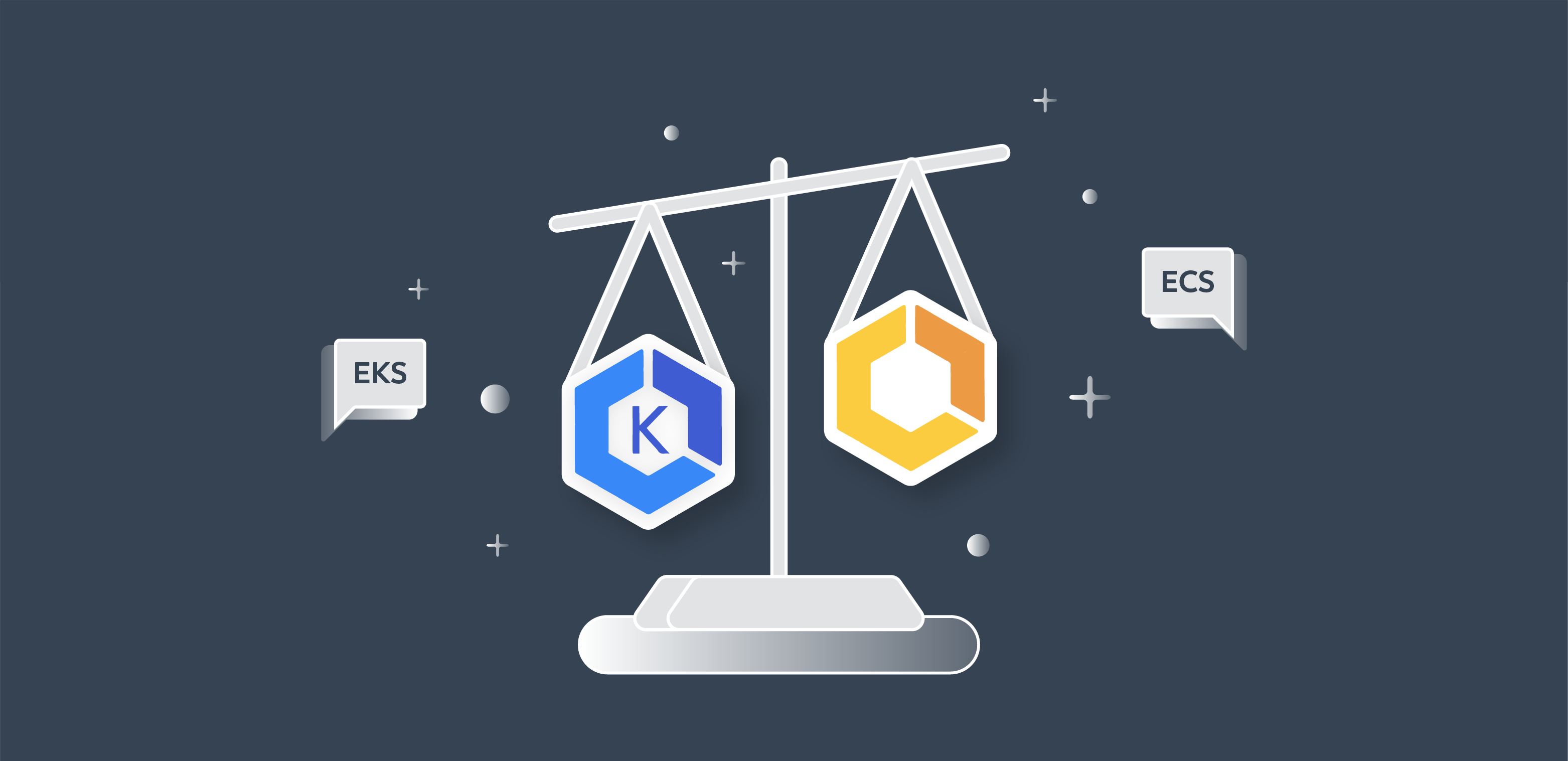Amazon Elastic Kubernetes Service (EKS) is widely used in enterprise environments for various applications due to its flexibility, scalability, and integration with other AWS services. Here are the main use cases for Amazon EKS in enterprise environments based on the provided sources:
1. Web Applications
High Availability and Scalability: EKS allows enterprises to develop and run web applications that can automatically scale up and down based on demand. These applications benefit from the performance, reliability, and availability of AWS infrastructure, running across multiple Availability Zones (AZs) with built-in networking and security integrations.
Load Balancing: Integration with AWS services like Elastic Load Balancing (ELB) ensures efficient distribution of incoming traffic across multiple instances, enhancing the performance and reliability of web applications.
2. Machine Learning
Distributed Training Jobs: EKS supports machine learning workflows by integrating with Kubeflow, enabling the execution of distributed training jobs using GPU-powered instances. This is particularly useful for training complex models and running inferences efficiently.
Deep Learning Containers: Enterprises can use AWS Deep Learning Containers with TensorFlow on EKS to streamline the deployment and management of machine learning models.
3. Batch Processing
Kubernetes Jobs API: EKS allows enterprises to run parallel or sequential batch workloads using the Kubernetes Jobs API. This capability is essential for processing large volumes of data in a cost-effective and efficient manner.
Resource Optimization: By leveraging AWS compute services like EC2, Fargate, and Spot Instances, enterprises can optimize resource usage and reduce costs associated with batch processing tasks.
4. Hybrid Deployments
On-Premises and Cloud Integration: EKS supports hybrid environments, enabling enterprises to manage Kubernetes clusters both on-premises and in the AWS cloud. This flexibility is crucial for organizations that need to maintain data sovereignty or have specific compliance requirements.
EKS Anywhere: This feature allows enterprises to create and operate Kubernetes clusters on their own infrastructure, providing operational consistency and seamless integration with existing AWS services.
5. Microservices Architecture
Service Discovery and Load Balancing: EKS facilitates the deployment of microservices by providing robust service discovery and load balancing capabilities. This ensures that microservices can communicate efficiently and scale independently.
CI/CD Integration: Enterprises can integrate EKS with their continuous integration and continuous delivery (CI/CD) pipelines to automate the deployment and scaling of microservices, enhancing agility and reducing time-to-market.
6. Cost Optimization
Efficient Resource Provisioning: EKS helps enterprises optimize costs by automatically scaling compute resources based on workload demand. This includes using AWS Cost Management tools to monitor and manage resource usage effectively.
Serverless Computing with Fargate: By using AWS Fargate, enterprises can run containers without managing the underlying infrastructure, further reducing operational overhead and costs.
7. Security and Compliance
Integrated Security Services: EKS integrates with AWS security services like IAM for authentication and VPC for network isolation, ensuring that applications meet stringent security and compliance requirements.
Automatic Patching and Updates: EKS automatically applies security patches and updates to the Kubernetes control plane, maintaining a secure and compliant environment.
In summary, Amazon EKS is a versatile and powerful service that supports a wide range of use cases in enterprise environments, from web applications and machine learning to batch processing and hybrid deployments. Its integration with AWS services, cost optimization features, and robust security make it an ideal choice for enterprises looking to leverage Kubernetes for their containerized applications.0

